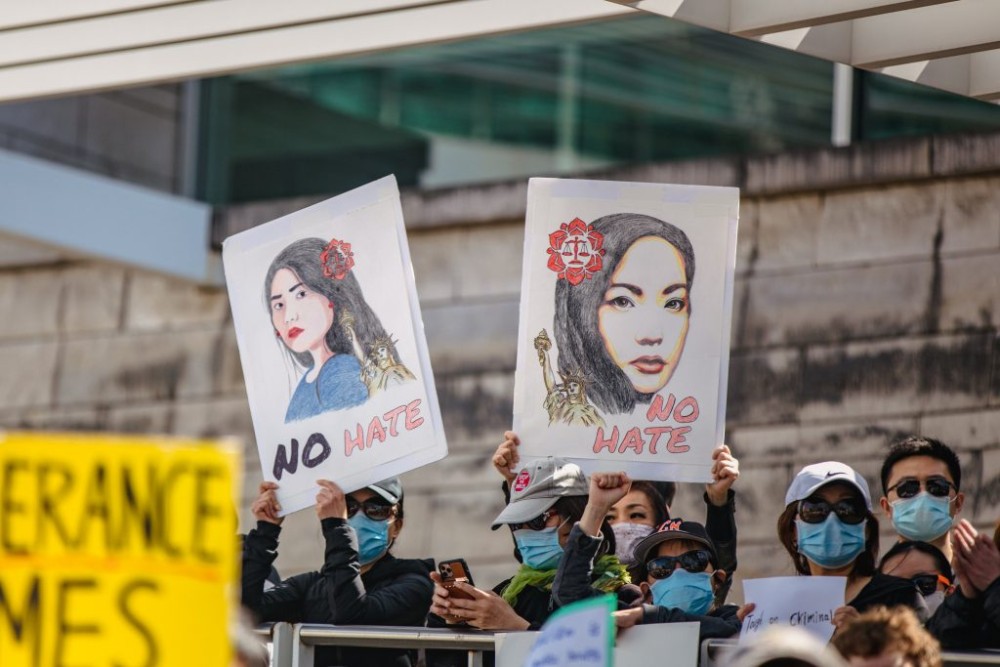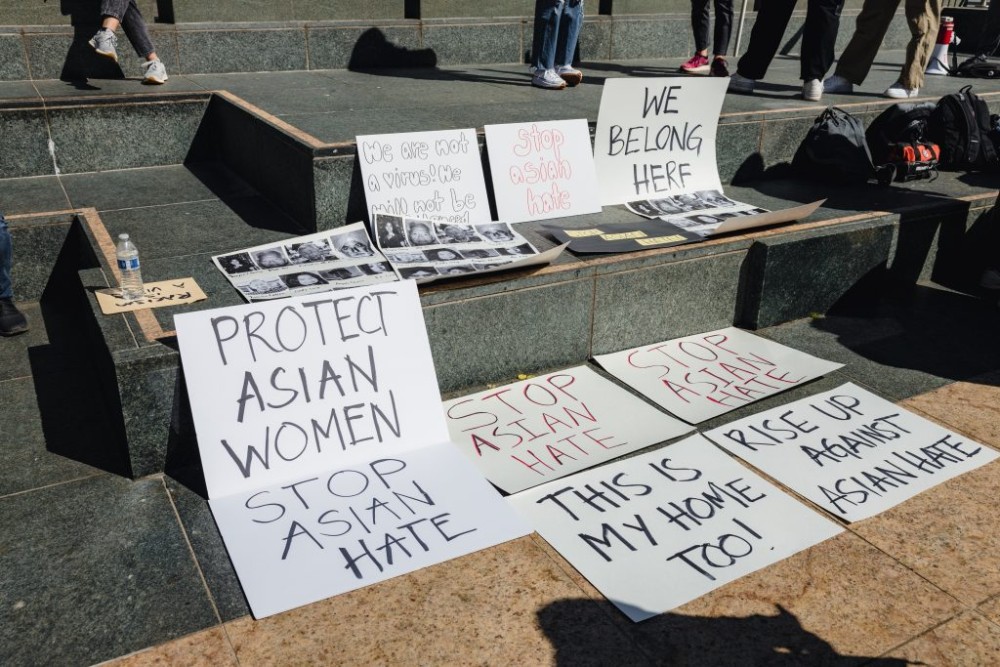Fighting back: How to combat anti-Asian hate crimes and gender-based violence
Apr 20, 2021

With gender-based violence increasing along with hate crimes, it’s easy to feel powerless to effect change. But, as Elizabeth Choi learns, men and women alike can – and must – stand up and prevent further attacks
As the world battles the coronavirus pandemic, another scourge is spreading throughout modern society: gender-based violence. When xenophobia escalated in the US due to COVID-19, Stop AAPI Hate was established to track anti-Asian hate incidents. Over the course of roughly a year, the centre received reports of nearly 3,800 incidents, with women accounting for 68% compared to men who made up 29%.
“There is an intersectional dynamic going on that others may perceive both Asians and women and Asian women as easier targets,” Russell Jeung, professor of Asian-American studies at San Francisco State University and one of the centre’s founders, told NBC News.
If exposure to risk is high for women in general, no matter their ethnicity, it’s even worse during a pandemic. Evidence shows that rates of gender-based violence increase during states of emergency, as reported by Harvard Medical School’s Center for Primary Care. At the onset of COVID-19, Amnesty International found several countries reported a rise in cases of domestic violence and helpline calls due to prolonged confinement at home during lockdowns and curfews.
In March, the murder of 33-year-old Sarah Everard shocked the UK after Everard disappeared during a walk home. Her body was found a week later, linked to an active police officer who was charged with her kidnap and murder. Then, just as vigils convened to remember Everard, six Asian women in Atlanta, Georgia, were shot to death while working when a 21-year-old man opened fire on three massage parlours. The mass shooter blamed his heinous actions on his sexual addiction.

As these incidents horrify women, they should also provoke men to ask what can be done. And, practically speaking, men can do quite a bit. RainLily, the first sexual violence crisis centre in Hong Kong, established through the Association Concerning Sexual Violence Against Women (ACSVAW), offers suggestions – and sobering insights.
While Hong Kong remains a fairly safe city, one in seven women have experienced sexual violence, and one in five of those have attempted suicide. Contrary to common myths around sexual violence, these incidents don’t always happen in dark alleys or even with a stranger. “In fact, the majority of sexual violence happens in places ordinarily thought to be safe, such as homes, schools, workplaces and churches,” says Vince Chan, RainLily’s officer of communication and resource development. More than 80% of perpetrators are known to the victim.
In a public attack, Chan says men can be an active bystander: “Intervene in a way that fits the situation and your comfort level, by creating a distraction, standing by the victim, enlisting another bystander or referring to an authority. Your intervention helps stop sexual violence from happening and supports them in voicing out.”
Men can also participate in online and offline activities against sexual violence including donating to organisations that provide services for victim-survivors, standing up against comments or behaviours that are misogynistic and promote sexual violence, helping to debunk myths on sexual violence in everyday conversations and making consent an integral part of daily interactions.
For Derek Poon, national director of the International Krav Maga Federation Hong Kong, the answer is slightly more straightforward: “Eliminate all men. Or cut off their balls,” he says. He’s not joking. “There is no other way, to be honest. It’s a hard truth, and a very sad truth.” But since that’s not possible, Poon believes self-defense systems like Krav Maga can be vital in empowering women and enlightening men.
“When students participate in the class, they realise that actually the girls can hurt them pretty badly by attacking their weak points. When a girl can fight back, it’s not so easy to attack them,” he explains. In Israel, where Krav Maga originated, schools that teach it see less bullying. “The more kids learn Krav Maga, the less bullying there is – all the kids know they all know and they understand, ‘There is no way I can attack anyone’.” Poon sees greater participation in self-defense and martial arts as a way to make people aware of what others are capable of.
Adrian Li and Kaity Zhu, founding coaches of mixed martial arts studio Vigilante Fitness, agree. “Women can be strong and defend themselves really well too,” Li says. “Self-defense is all about efficiency, getting maximal result using minimal effort. You want to conserve as much energy as you can with each move in order to protect yourself as best as you can.”
For couples, if both individuals have some self-defense fundamentals, they can make a good team. Exposure to self-defense from a young age also helps. “That’s a mindset a lot of parents should consider,” Zhu offers, “to put girls through some sort of training to know groundwork, techniques, how to shift your bodyweight and get into advantageous positions, what to do if you’re pulled to the floor.”
Li and Zhu encourage men to be protective of women and not be afraid or ashamed to call for help on behalf of a woman in need. “Do what is within your own ability,” Zhu says. “All it takes is for one person to take action, then other people will join. Don’t be afraid to be that leader.”
See also: #StopAsianHate: How to support the movement and combat anti-Asian violence






























